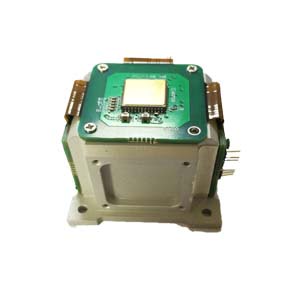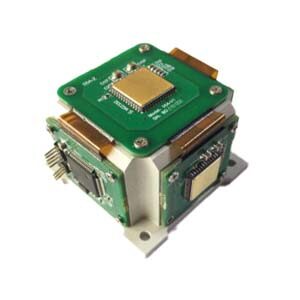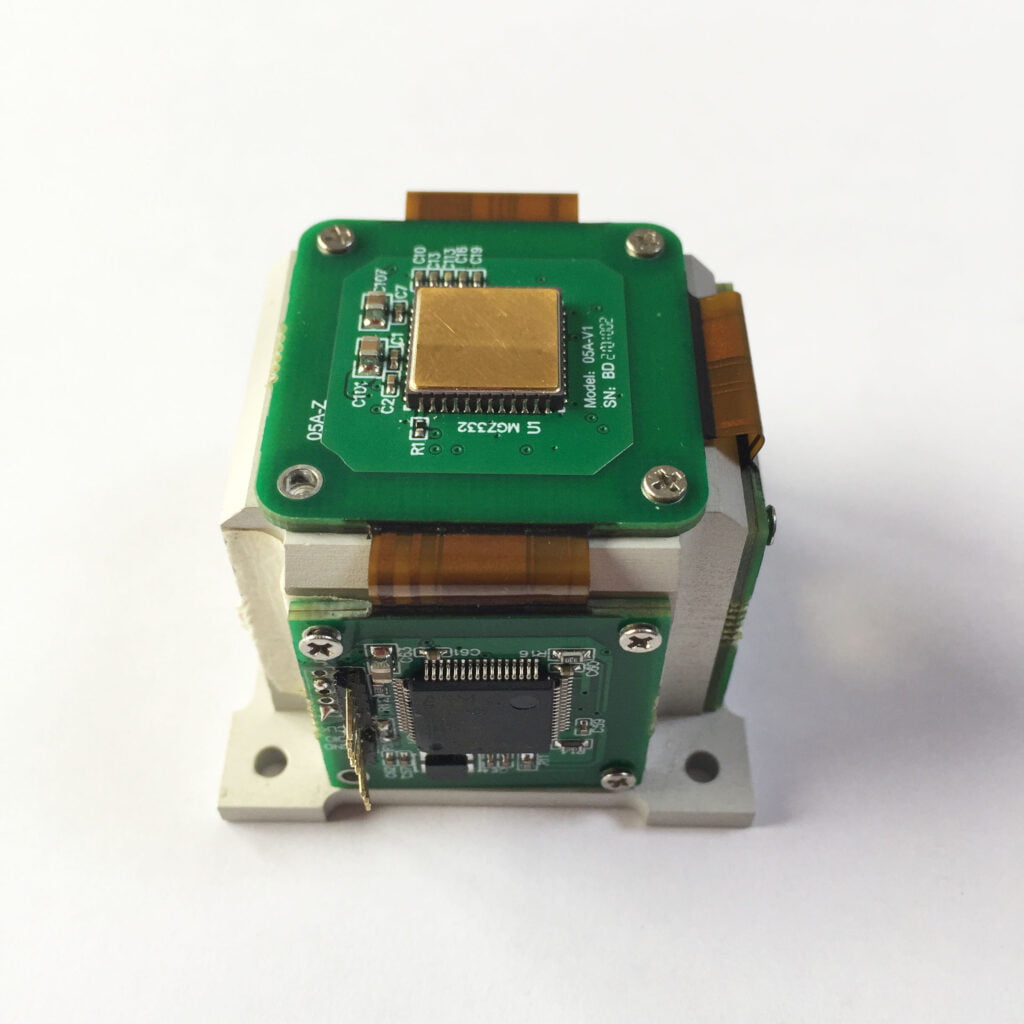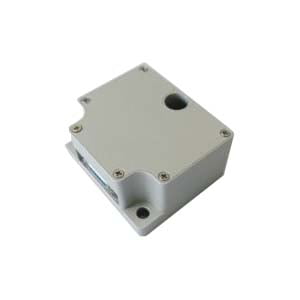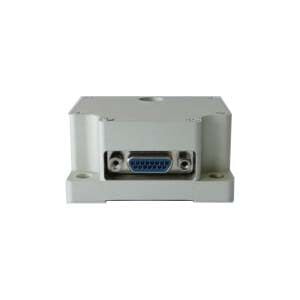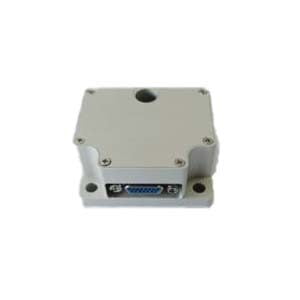Most smartphones have built-in micromechanical inertial measurement units, global navigation satellite systems, magnetometers and other sensors and high-performance processors. They have functions such as communication, navigation and positioning, and have become the preferred navigation tool for mass travel. Making full use of data from the MEMS IMU built into smartphones, the GNSS/MEMS IMU combination can improve the continuity and reliability of mass navigation and positioning in complex urban environments.
In the vehicle-mounted GNSS/inertial navigation system (INS) integrated navigation algorithm, due to buildings,When GNSS is unavailable due to tree shade and other obstructions, vehicle kinematic constraints such as zero-speed correction and non-integrity constraints are usually used to suppress the rapid accumulation of INS errors and improve the positioning accuracy and performance of the vehicle. When sideslip or bumping does not occur, the vehicle only moves forward along the body, and its lateral and vertical speeds are 0. The NHC algorithm uses this to establish observation equations and participate in integrated navigation filtering processing, effectively improving the performance of vehicle-mounted integrated navigation in complex environments.
Before using the NHC algorithm, the attitude parameters between the IMU b system and the vehicle v system must be calibrated, that is, the IMU installation angle parameter. When the public uses smartphones for in-car navigation, they usually place the mobile phone on a mobile phone holder. The installation angle is generally large and difficult to accurately measure. It is necessary to accurately estimate the installation angle of the MEMS IMU online. Currently, most scholars use the NHC constraint equation as the basis to establish the observation equation for installation angle estimation, and estimate and update the installation angle parameters online through Kalman filtering. GNSS speed measurement or combined navigation speed results are used to construct observation equations, and GNSS heading angle constraints are also added to improve estimation accuracy. And use the mileage increment measured by the odometer or the displacement obtained from the combined navigation and positioning results to construct an observation equation to estimate the IMU installation angle. Most of the above literature only carry out relevant experimental analysis on small installation angles. In addition, the installation pitch angle and roll angle are calculated through the acceleration data of the IMU when it is stationary, and the rough IMU installation heading angle is obtained by difference between the vehicle heading angle and the IMU attitude heading angle. The vehicle motion is decomposed into two components: translation and rotation, and an observation equation is constructed based on this to achieve accurate estimation of small-angle installation angles. These methods provide a good reference for the research on the installation angle estimation algorithm of smartphone in-vehicle integrated navigation. Considering that smartphones use low-cost consumer-grade MEMS IMU sensors, the INS estimation error increases rapidly over time and is affected by the urban occlusion environment. GNSS speed measurement accuracy is at the decimeter level or even meter level. Direct use of these methods will affect the installation angle estimation accuracy, thereby reducing the performance of the smartphone vehicle navigation system.
This article will make full use of smartphone GNSS and MEMS IMU observation data, use the inter-epoch position changes obtained by carrier phase time difference to construct the observation equation of the installation angle, and propose an installation angle filter estimation method suitable for smartphone vehicle navigation.
1.Framework design of installation angle estimation algorithm
The framework design of the installation angle estimation algorithm for smartphone GNSS/MEMS IMU vehicle navigation proposed in this article is shown in Figure 1Show. The entire installation angle estimation algorithm is divided into two steps.
(1) Installation angle initialization. During vehicle movement, when the GNSS/INS tight combination filter converges, the attitude angle of the b system of the MEMS IMU relative to the n system can be obtained. At the same time, the TDCP is used to obtain the heading of the vehicle v system relative to the n system. angle, from which the heading angle of the installation angle is calculated, and the pitch angle and roll angle are calculated using the IMU acceleration data to initialize the installation angle matrix of the installation angle filter. During the initialization process, the GNSS/INS tight combination filter cannot use NHC constraints because the installation angle is unknown.
(2) Installation angle filter estimation, use the position change between epochs calculated by TDCP to construct the observation equation of the installation angle filter estimation, and improve the estimation accuracy of the installation angle through online filtering processing. The TDCP algorithm is used throughout the installation angle estimation process. In order to ensure that the heading angle calculated by TDCP can represent the heading of the vehicle, installation angle initialization or filtering estimation can only be performed when the vehicle is traveling in a straight line and reaches a certain movement speed.
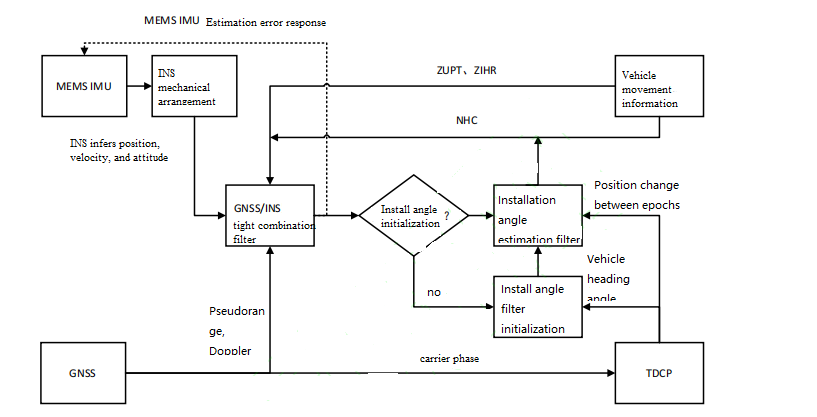
Fig.1 Framework of the IMU Mounting Angle Estimation Algorithm Based on the Smartphone GNSS/MEMS IMU Integrated System for Vehicular Navigation
2 Installation angle initialization and filtering model
2.1 Initialization method for large installation angle
When users use smartphones for in-vehicle navigation, they usually tilt the phone screen towards the driver, resulting in a large installation angle between the phone's built-in IMU b series and the vehicle's v series, and there will be a certain angle every time the phone is placed. deviation, so the installation angle of the mobile phone needs to be re-estimated every time when performing in-car navigation. Before the installation angle filter estimation, the large installation angle is first initialized, and then the estimation is corrected by Kalman filtering.
The initialization of large installation angles can be divided into two steps. First, the IMU acceleration data is used to calculate the pitch angle and roll angle in the mobile phone's installation angle. When the vehicle is stationary on level ground, the accelerometer specific force data is![]() ,The local gravity is g, then the roll angle and pitch angle in the mobile phone installation angle are calculated as follows:
,The local gravity is g, then the roll angle and pitch angle in the mobile phone installation angle are calculated as follows:
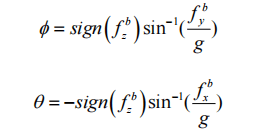
Then use dynamic alignment to initialize the heading angle of the mobile phone installation angle. When the vehicle travels along a straight line, the heading angle of the vehicle is calculated using the position change between epochs obtained by TDCP. The formula is as follows:
![]()
2.2 Observation equation for installation angle estimation
This paper proposes to use the position change between epochs calculated by GNSS TDCP to construct the observation equation of the installation angle, and estimate the heading angle and pitch angle of the installation angle. When the vehicle travels along a straight line, the position change of the geocentric e system is calculated through TDCP. It can be seen that its vector under the vehicle v system is![]() Its vector under the IMU b system is
Its vector under the IMU b system is![]() Taking into account the error disturbance of the installation angle and attitude angle, then
Taking into account the error disturbance of the installation angle and attitude angle, then

Summarize
Based on the GNSS/MEMS IMU tight combination navigation algorithm of smartphones, this paper uses the inter-epoch position changes calculated by TDCP to construct an observation equation for installation angle estimation, and proposes an installation angle estimation method suitable for smartphone vehicle navigation. , realizing real-time continuous vehicle positioning of smartphones in urban environments. This algorithm does not require the addition of auxiliary equipment such as an odometer, and can quickly and accurately estimate the large installation angle of a smartphone. ERICCO's independently developed MEMS IMU, such as ER-MIMU-03, is a tactical-level MEMS IMU that can be widely used in azimuth, attitude, position measurement and maintenance of GNSS-assisted INS. The built-in gyroscope has higher accuracy and can be used in higher precision fields.
ERICCO currently also has an ER-MIMU-10 suitable for smartphones, you can contact us.
If you want to purchase, please contact the relevant personnel.
More Technical Questions
2.MEMS inertial measurement unit design and related technology research
3.IMU temperature drift removal algorithm
4.IMU denoising method based on wavelet and long short-term memory
5.IMU and GPS fusion algorithm principle
6.MEMS IMU error analysis and compensation
Products in Article
